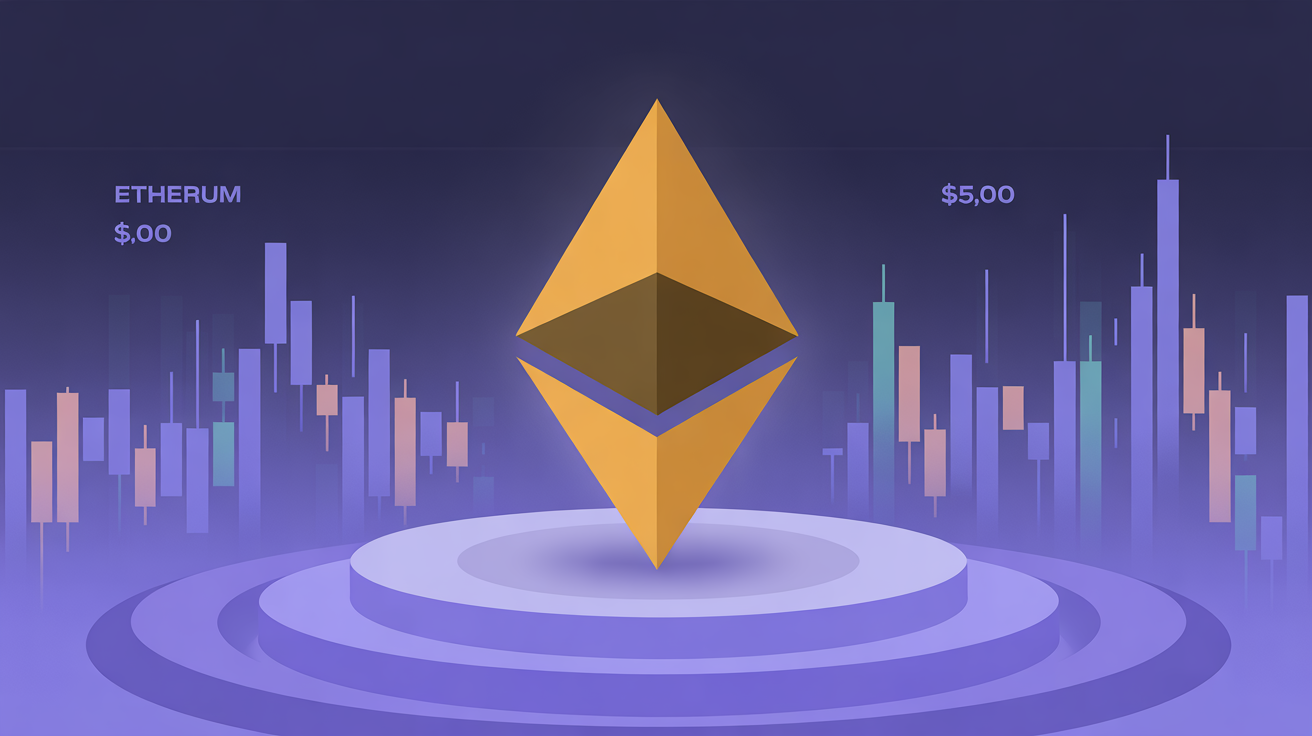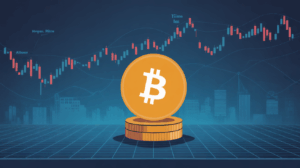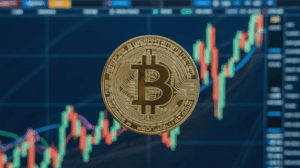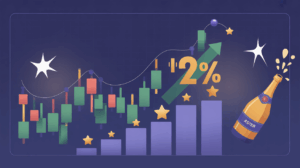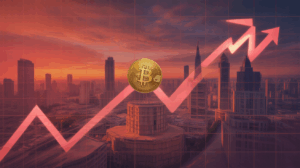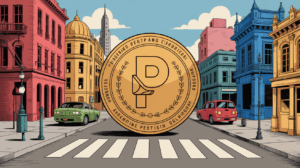U.S. Equities Show More Turbulence Than Bitcoin Amid Waning Investor Confidence
U.S. Market Mayhem Sees S&P 500 Outpace Bitcoin in Volatility as Investor Confidence Wanes
In a dramatic market shift, the S&P 500 has officially outpaced bitcoin in volatility—a reversal that underscores just how uncertain the U.S. economic outlook has become amid intensifying trade tensions.
Triggered by President Donald Trump’s “Liberation Day” tariff blitz on April 2, traditional U.S. assets have come under heavy pressure. The S&P 500’s seven-day realized volatility has surged to a staggering 169%, more than triple its early April reading and far above the 83% volatility now seen in bitcoin, according to TradingView data. That’s the most erratic trading behavior in equities since the COVID crash of 2020.
Meanwhile, bitcoin, often labeled too volatile for serious investors, is starting to look like a stabilizing force. Its relative steadiness suggests it may be evolving into a hedge against equity market chaos.
“Bitcoin’s volatility is falling just as equity markets are losing their footing,” said James Butterfill, Head of Research at CoinShares. “It’s a wake-up call for investors relying on U.S. financial instruments in politically unstable times.”
Capital Flight Accelerates
The sell-off isn’t limited to stocks. Investors are also fleeing U.S. bonds and the dollar. Yields on 10-year Treasury notes spiked to 4.45%, up 62 basis points in under a week, while the U.S. Dollar Index has plunged to 100—its lowest level in months.
This rare combo of rising yields and a falling dollar is typically associated with emerging markets, not the world’s largest economy. “This is highly unusual for the U.S.,” analysts at Evercore ISI noted. “Only four other times in 30 years has the dollar dropped more than 1.5% while long-term yields surged.”
Adding to the pressure, the S&P 500 has dropped 14% over the past two months, with the Nasdaq and Dow following suit. Global investors are beginning to question the long-standing narrative of U.S. exceptionalism as unpredictable policy decisions fuel fear and drive capital elsewhere.
“Volatility is the story of the moment,” Butterfill added. “And for once, it’s not crypto that’s taking the blame.”
Share this content:



